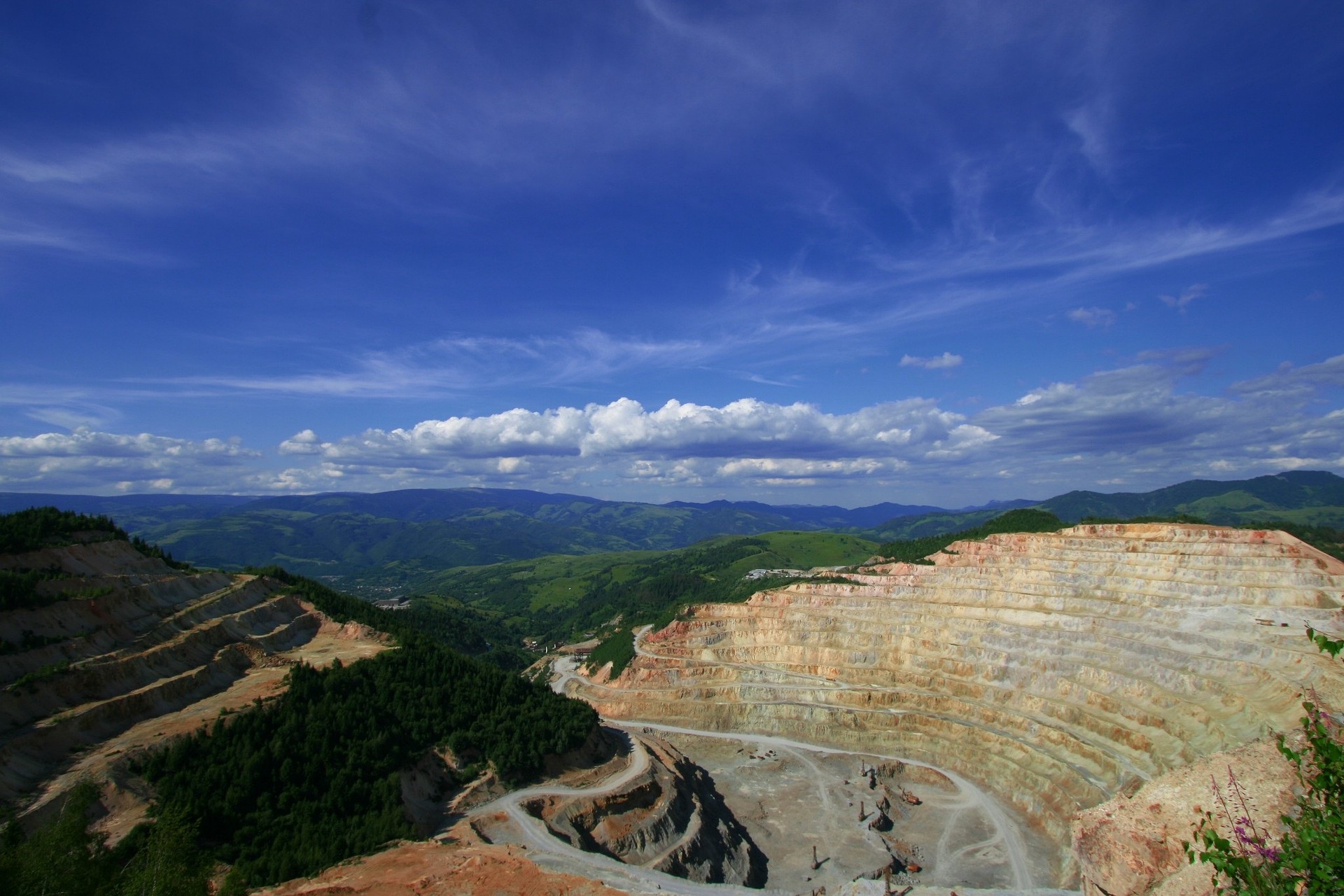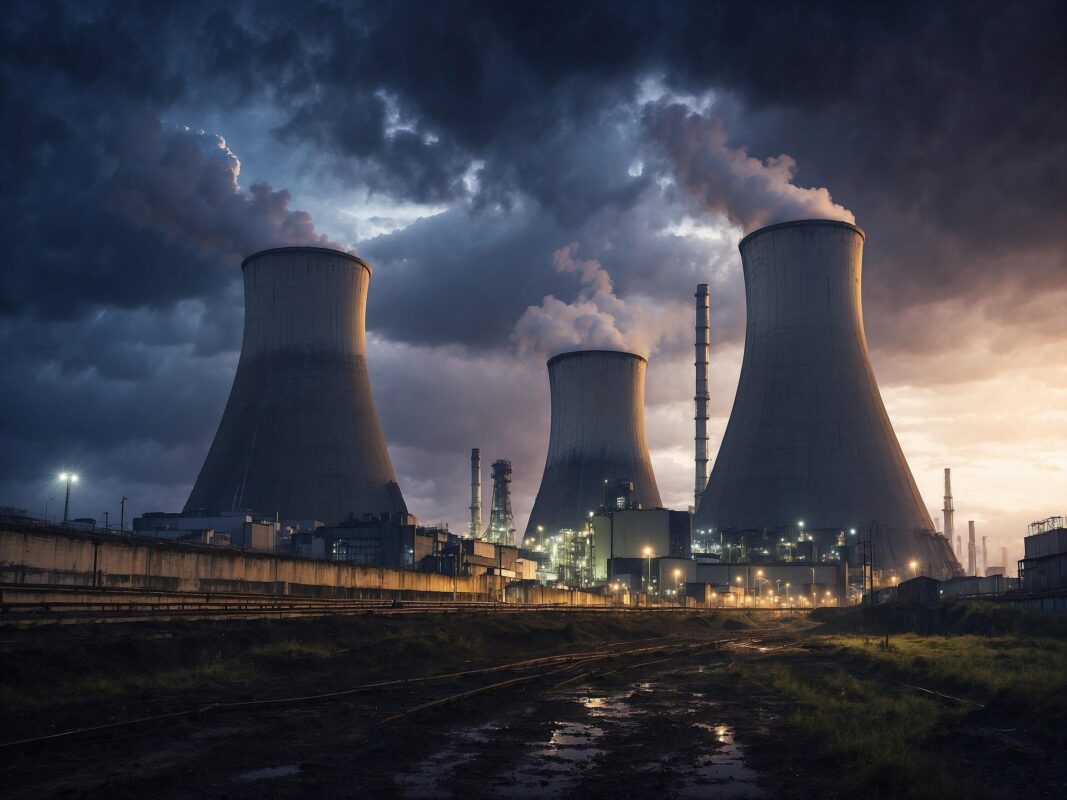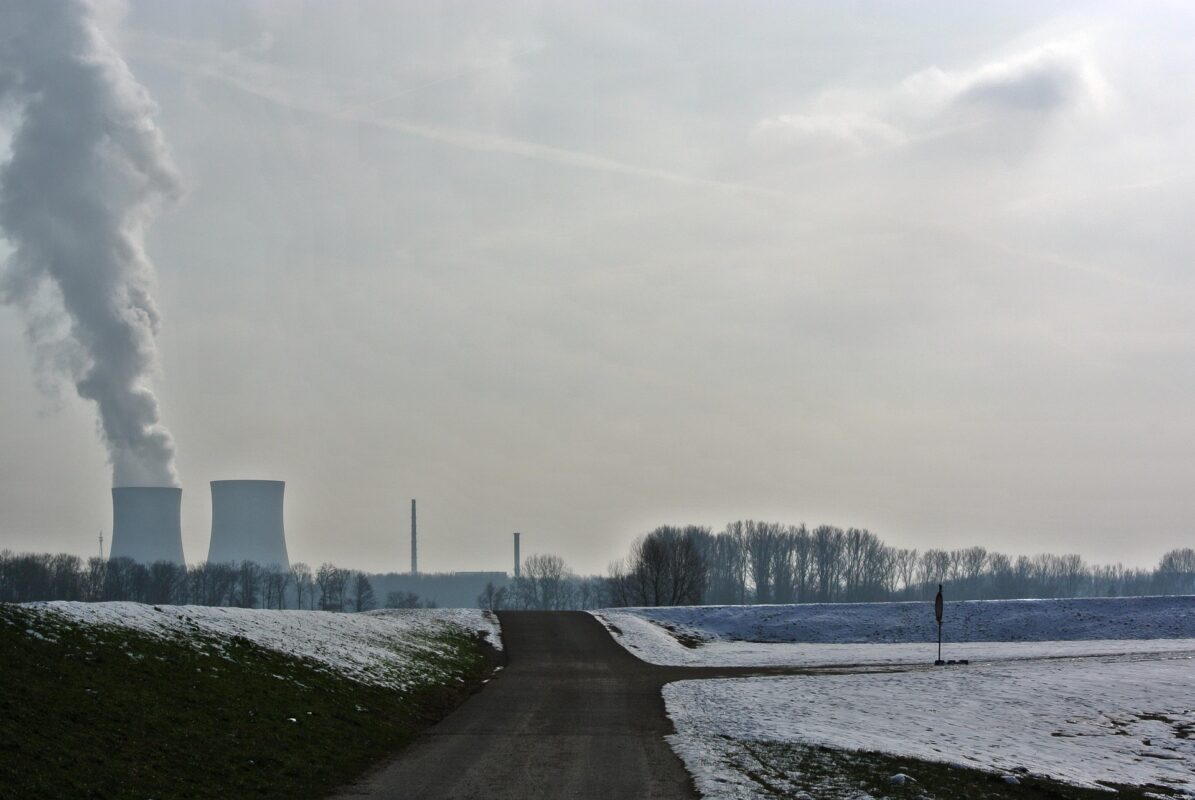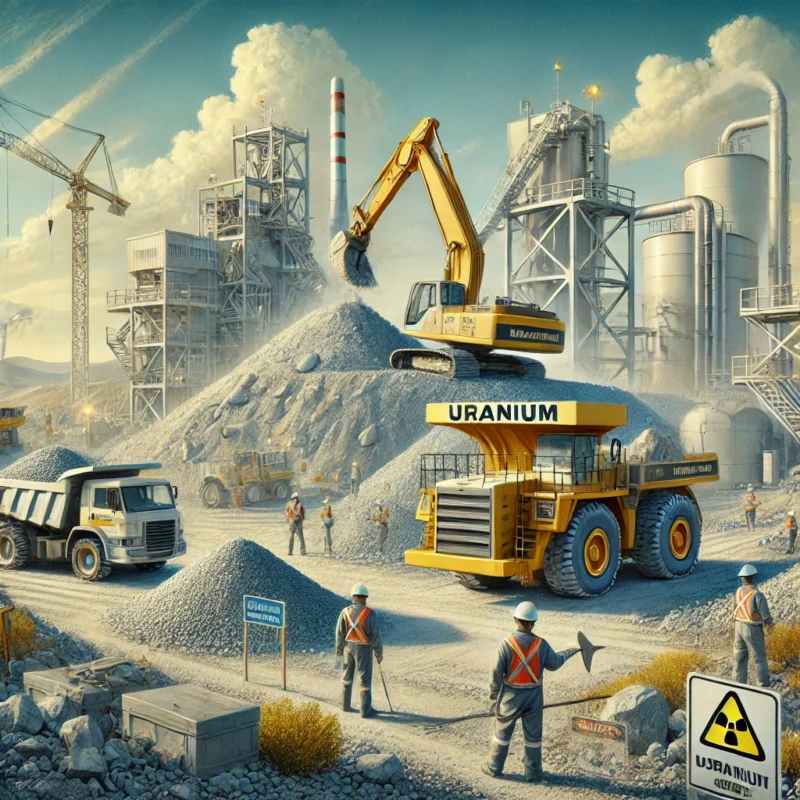
Blog
Uranium Production Soars: the Lead in Global Supply?

It’s an exciting time for the industry, and it looks like Canada is on track to become the world’s largest uranium supplier. Cameco, the country’s top uranium producer, has some big news. They’re ramping up production at their key mining sites in northern Saskatchewan—the MacArthur River and Cigar Lake mines. With a projected 30% increase, they’re aiming to hit around 17 million kilograms in 2024. That’s a massive leap and could very well put Canada ahead of Kazakhstan, the current global leader.

What’s Behind the Uranium Boom?
You might be wondering, why the sudden surge in uranium production? Well, it’s all about meeting the growing global demand for nuclear energy. As more countries commit to reducing carbon emissions and moving away from fossil fuels, nuclear power is gaining traction as a reliable, low-carbon energy source.
According to the OECD/NEA and IAEA joint report “Uranium 2022: Resources, Production, and Demand,” in a high-demand scenario, global nuclear power capacity is expected to increase from 393 GW in 2021 to 677 GW by 2040. As a result, annual uranium demand is projected to rise from approximately 60,100 tons U in 2021 to 108,200 tons U by 2040. Additionally, a report by Global Information Inc. forecasts that the uranium market will grow to USD 1.992 billion between 2023 and 2028, with a compound annual growth rate (CAGR) of 8.09%.
Cameco’s decision to boost production isn’t just good for the global market—it’s a win for Canada’s economy too, especially for provinces like Saskatchewan that are rich in resources. It’s a smart move that positions Canada as a key player in the world’s energy future.

How Clean is Canada’s Energy?
Canada is one of the global leaders in clean energy adoption, with approximately 80% of its electricity supply coming from clean energy sources such as hydro, wind, and solar as of 2020. In contrast, the global average stands at around 29.3%, highlighting Canada’s advanced position in this sector. Notably, hydroelectric power accounts for about 60% of Canada’s electricity supply, making it the third-largest hydroelectric power producer in the world. Wind power capacity has reached approximately 13,000 MW, while solar power capacity is around 3,000 MW, both significantly outpacing the global average growth rates. Canada is actively promoting the reduction of greenhouse gas emissions and the use of sustainable energy, reinforcing its commitment to a cleaner and more sustainable future.

The Bright Future of Renewable Energy
So, what’s next for Canada’s energy landscape? The future looks green and promising. With government policies, tech advancements, and a growing awareness of climate change, we’re set to see even more growth in renewable energy. By 2030, Canada aims to phase out coal-fired electricity and significantly boost the share of renewables in our energy mix. In late 2024, Canada refinanced an over C$4 billion program dedicated to funding new renewable energy projects, aiming to attract global investments and support the transition to cleaner energy sources.
Wind and solar are set for major growth, driven by lower costs and government incentives. Advancements in energy storage, such as improved batteries, are boosting their reliability. Hydropower remains crucial, with new projects in British Columbia and Quebec helping stabilize the grid and support the integration of more renewables.

Conventional Resources
Despite producing and exporting substantial amounts of oil, Canada significantly contributes to other countries’ energy production, leading to CO2 emissions in those nations. For instance, in 2022, Canada exported oil products amounting to approximately CAD 7,272 billion, with a notable portion going to the United States. This export sector has driven considerable economic benefits, accounting for 34.8% of total exports and helping achieve a GDP growth rate of 3.4%. However, this economic success comes at a cost. The oil we export powers industries that emit CO2 and contribute to global warming. Can Canada afford to let go of these lucrative revenues? It’s a tough question, as reducing oil exports could affect the economy and job market. The dilemma is real: the very resources that have fueled our prosperity are also fueling the climate crisis. Will we choose to change? The path forward isn’t easy.

Wrapping It Up: A Balanced Energy Future
To get back to the point, Canada’s push to boost uranium production is more than just good business—it’s a vital part of our energy transition. As the world moves towards cleaner energy, Canada’s diverse mix of renewables, nuclear, and responsibly managed fossil fuels puts us in a strong position to lead the charge. On the other hand, we continue to contribute to CO2 emissions, exacerbating global warming. It’s crucial to remember that many people are being forced to migrate because of the climate crisis. We have a responsibility to accelerate efforts for a cleaner environment, or the world will become increasingly difficult to live in for everyone. Let’s put an end to this. At Carbon Da Capo, we’re making it easier for individuals and businesses to take action against climate change through carbon credits. Together, we can make a meaningful difference.
